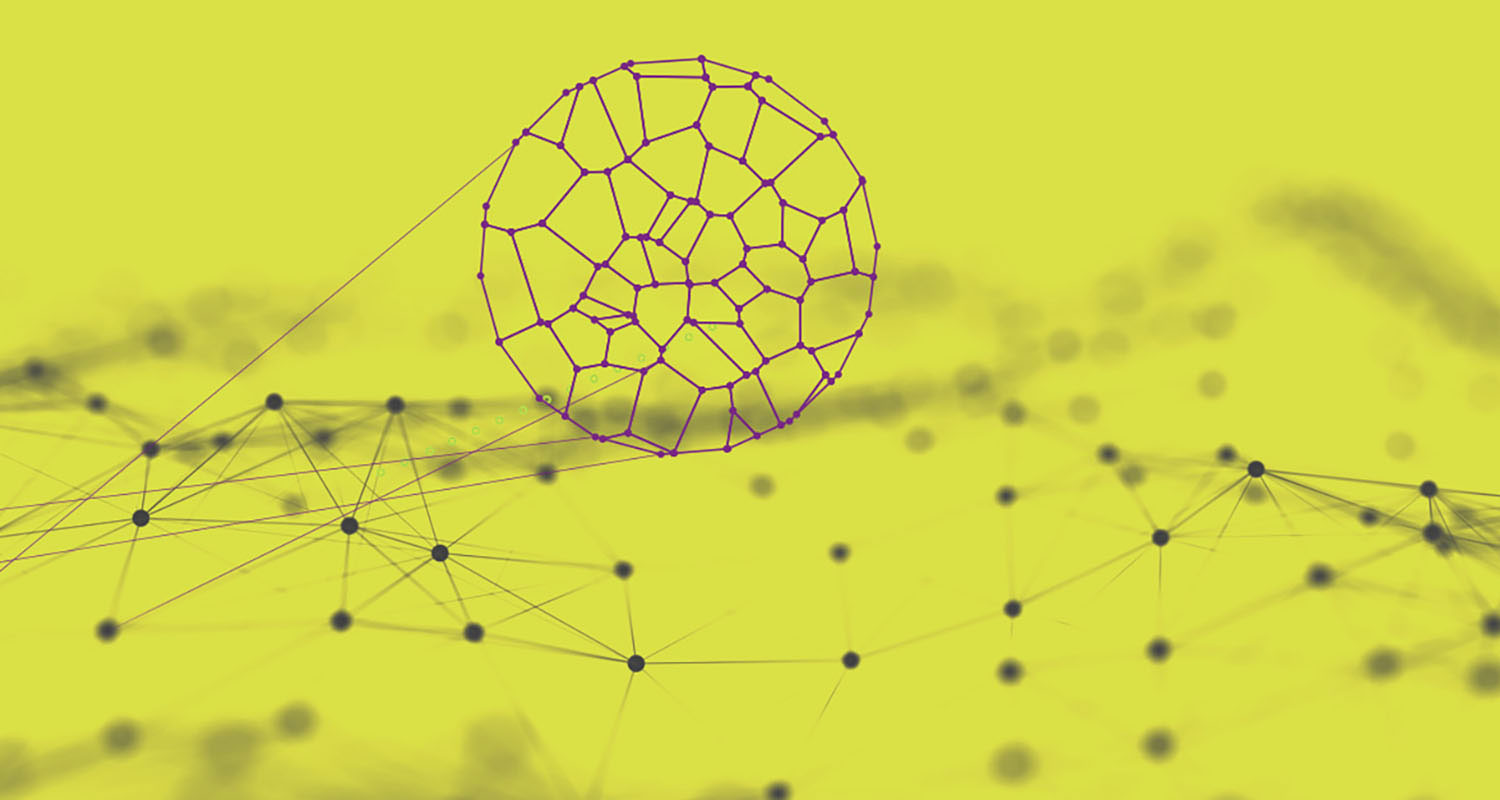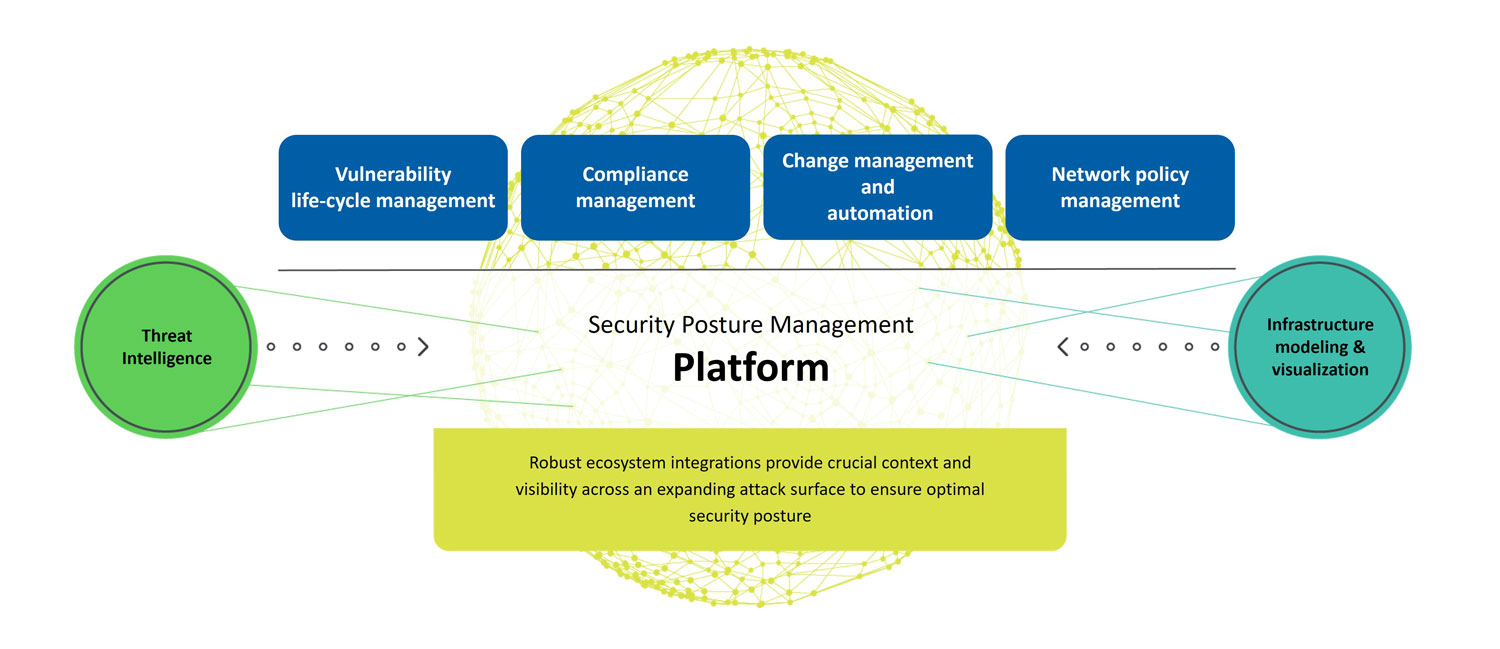 With enterprises focusing on increasing security maturity and setting out their plans to achieve a Zero Trust security posture, we will see SASE (secure access service edge) continue to gain potential and drive the demand for a proactive and holistic security posture management programme.
With enterprises focusing on increasing security maturity and setting out their plans to achieve a Zero Trust security posture, we will see SASE (secure access service edge) continue to gain potential and drive the demand for a proactive and holistic security posture management programme.
SASE is the unification of security and networking solutions together under a single unified cloud-based platform, enabling collaboration between two historically disparate operational silos. SASE enables efficient and effective access control and edge protection. By gaining context and visibility and applying automation, organisations can improve security posture and risk management.
What is SASE?
According to Gartner, IT architectures are evolving in the face of demands for scalability, flexibility and increased security, and because of network challenges, such as low-latency and WAN edge requirements. “This broad set of drivers defines a unified service model for cloud-delivered networking and security called SASE. Cloud security architects must be cognisant of these developments, and, as cloud and distributed services grow, must implement SASE-aligned capabilities.”1
SASE adoption increases
Accelerated by the pandemic, protecting the edge tops the priority list for many organisations. A surge of home offices came online that needed protection and security, just like a data centre. This shift to a work-from-anywhere model put significant strain on IT organisations and continues to do so. Many of these employees will continue to work from home, despite lifting Covid restrictions. IT and security organisations are being asked to extend security coverage in a flexible and manageable way that will be resilient if faced with future disruptions. As a result, we will see a steady increase of security solutions, such as SASE and SD-WAN, throughout this year and beyond.
According to Gartner, by 2025, at least 60% of enterprises will have explicit strategies and timelines for SASE adoption encompassing user, branch and edge access, up from 10% in 2020.2
Where SASE and Zero Trust intersect
SASE leans heavily on a Zero Trust security model, which does not grant a user access to applications and data until their identity has been verified — even if they are already inside the perimeter of a private network. When establishing access policies, a SASE approach takes more than an entity’s identity into account; it also considers factors like user location, time of day, enterprise security standards, compliance policies and an ongoing evaluation of risk/trust.
Establish a Zero Trust framework with network visibility and context
It’s important to gain continuous understanding of your hybrid cloud networks and the entire attack surface to build and maintain Zero Trust frameworks.
However, many organisations struggle to implement Zero Trust frameworks due to environment complexity and lack of attack surface visibility. Massive, fragmented networks, decentralised, inconsistent configurations and change management processes, unsafe cloud and network configurations, and the continual increase in vulnerabilities have created the perfect storm. Companies invest millions in security controls to block, detect, prevent or respond to attacks; despite this, we see vulnerabilities and misconfigurations across their hybrid environments routinely exploited.
Full network visibility and context needed to reap SASE benefits
This is where Skybox comes in. To make Zero Trust a reality and maximise the full benefits that solutions like SASE can provide, organisations need complete visibility and context across their entire hybrid, multi-cloud and OT network environments. The Skybox Security Posture Platform provides just that.

Our customers use the Skybox Security Posture Management Platform to aggregate and centralise complete sets of data that reflect their security controls and network configurations across all domains – from on-premises data centres, public and private cloud networks, OT networks, and across all networks that connect their various business locations, users, assets and applications. With these rich data sets, the Skybox platform can model the customer’s hybrid network allowing them to visualise and gain full context and understanding of their attack surface. The visualisation, analytics and customised reporting empowers customers to make informed decisions and to automate workflows so they can ultimately achieve an optimised overall security posture.
Learn more about the Skybox platform.
(1) Gartner, “Guide to Cloud Security Concepts”, Patrick Hevesi, Richard Bartley, Dennis Xu, 21 September 2021
(2) Gartner, “2021 Strategic Roadmap for SASE Convergence”, Neil MacDonald, Nat Smith, Lawrence Orans, Joe Skorupa, 25 March 2021
Gartner is a registered trademark and service mark of Gartner Inc and/or its affiliates in the US and internationally and is used herein with permission. All rights reserved.
About Skybox Security
Over 500 of the largest and most security-conscious enterprises in the world rely on Skybox for the insights and assurance required to stay ahead of dynamically changing attack surfaces. Our Security Posture Management Platform delivers complete visibility, analytics and automation to quickly map, prioritise and remediate vulnerabilities across your organisation. The vendor-agnostic solution intelligently optimises security policies, actions and change processes across all corporate networks and cloud environments. With Skybox, security teams can now focus on the most strategic business initiatives while ensuring enterprises remain protected. We are Skybox. Visit www.skyboxsecurity.com for more information or check out all the recent Skybox Security content on hub.techcentral.co.za/skybox.
- This promoted content was paid for by the party concerned




